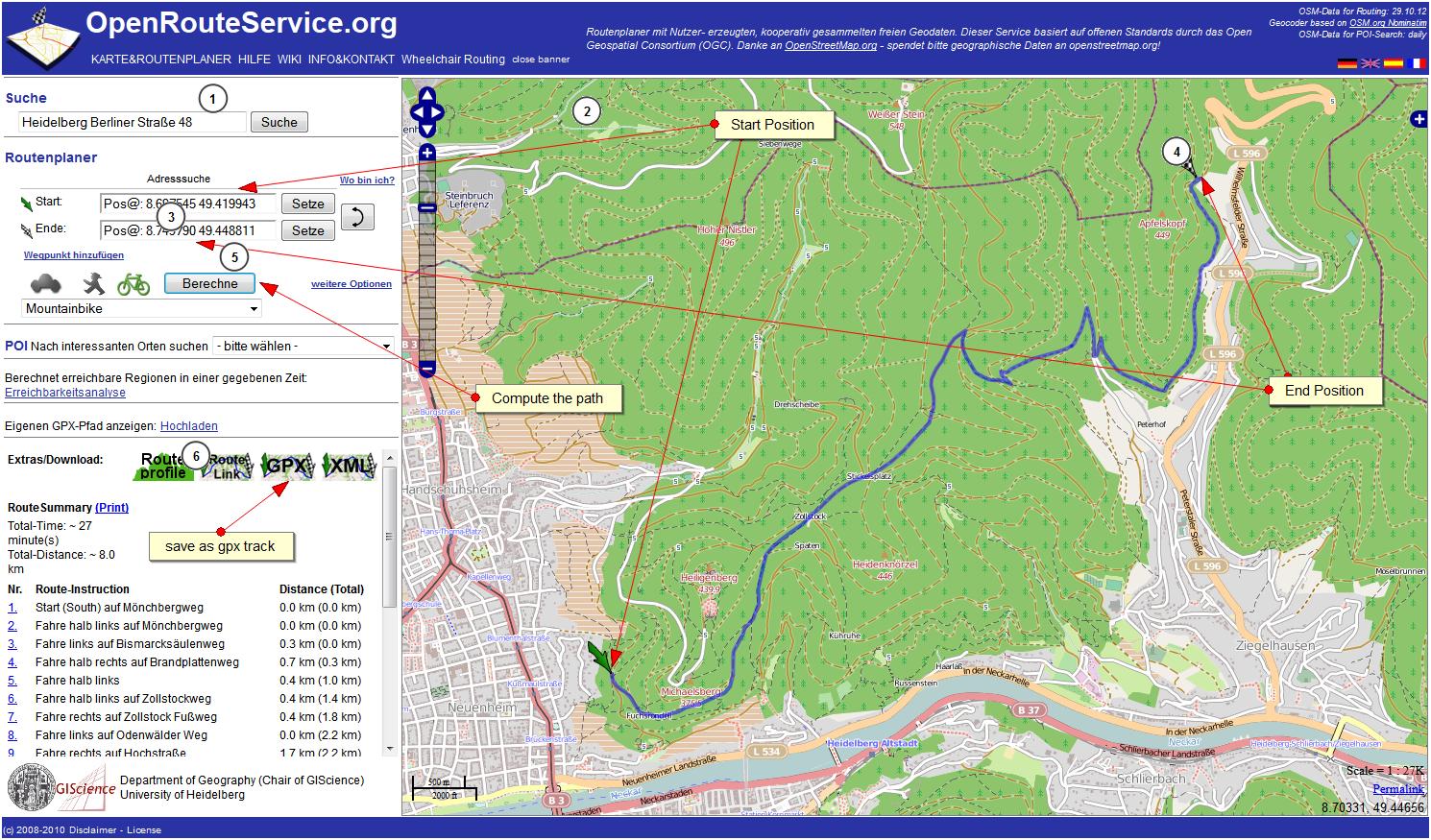Since you state that "any method" would do, and taking into account that there are several arguments against GPS, I would suggest a couple of non technology solutions to the problem you have with barometric altitude.
You want to use altitude information for goal setting, which I assume requires more precision than simple route tracking, for which GPS imprecision of 10 meter over a climb of 500 meters is barely an issue.
Method 1: An assistant, a second barometric altimeter and means of communicating with the assistant. Easy as cake: you calibrate both altimeters (cycle computer with altimeter) at the base of your climb, and leave one with your assistant, whom is supposed to remain at the same spot (or at least at the same altitude) and take the other on the bike. When you finish your climb communicate with your assistant, asking him or her to annotate both altitude readings and possibly timing data and any other factors.
Hopefully, even if the weather changes during your climb, you should't be so far away that the two altimeters are in different weather zones... Or maybe you and your assistant can also share actual weather observations and roughly combine that with weather information to discard, let's say a low pressure weave sweeping over only one of the altimeters...
Method 2: If your ride is a closed loop, or you descend using the same route that you climb and if it is possible to descend real quick, you can annotate the altitude at the low point when you begin, a the high point when you finish climbing, then descend as fast as you safely (and enjoyably) can, and note the low point altitude again. With this third lecture you can tell if there really was a barometric pressure shift during your climb.
Of course this assumes you descend quickly enough as to disregard weather changes, and that your goal was just to climb a relatively short distance. (i.e. not day after day travelling).
Method 3: Known Routes. If you are travelling known routes the best approach would be to get maps that contain the appropriate elevation information. In this cases, you can use GPS location data just to find your spot in the map, but then relying on the altitude information on the map. Use common sense to overcome imprecision from your gps device (the least expensive are the less precise), for example, use cue points located in big, roughly level areas, or points that may already be marked in the map, like sightpoints, train stations, teleferic stations, etc.
These suggestions are only trying to get the most accurate elevation change possible. But the precision required varies with the way you want to meter your goals. Most of us, do our training on repetitive routes, so it is only necessary to measure elevation once, after that, the goal usually is simply to either climb as fast as possible, or to climb within a given timeframe. Given this, you may not even need to measure altitude while actually riding the bike, you may do it using a car, a motorcycle, an ATV, etc. This allows you to dedicate just a couple of days to measure a set of cue points to construct a personal database for diverse altitudes with high precision for your locale, which may not be readily available for you at the moment.
However, there may not be a necessity for such high precision, specially for longish rides that climb over 500 meters (1640.42 feet). What I say is, 6 meters (20 feet) is almost a two story (or storey, a floor or level of a building) height from the ground which can be climbed in a matter of seconds in a fairly pronounced slope, buy may take so much longer in a not so steep incline, that is, time can be a much more significant measure for goal setting, and clocks are so easy to find...
I agree that GPS may be imprecise, but within a range of 15 meters (50 feet), which represent two minutes from a 45 minute ride, I find it absolutely acceptable, since I rely more on a simple stopwatch than any other method. In that regard, the GPS data that me and my group are gathering in our routes allows us to compare routes, and to roughly predict how difficult should be for us to ride a trail that somebody else shared. For that, GPS is more than enough.



